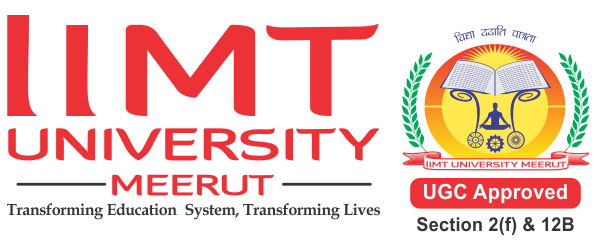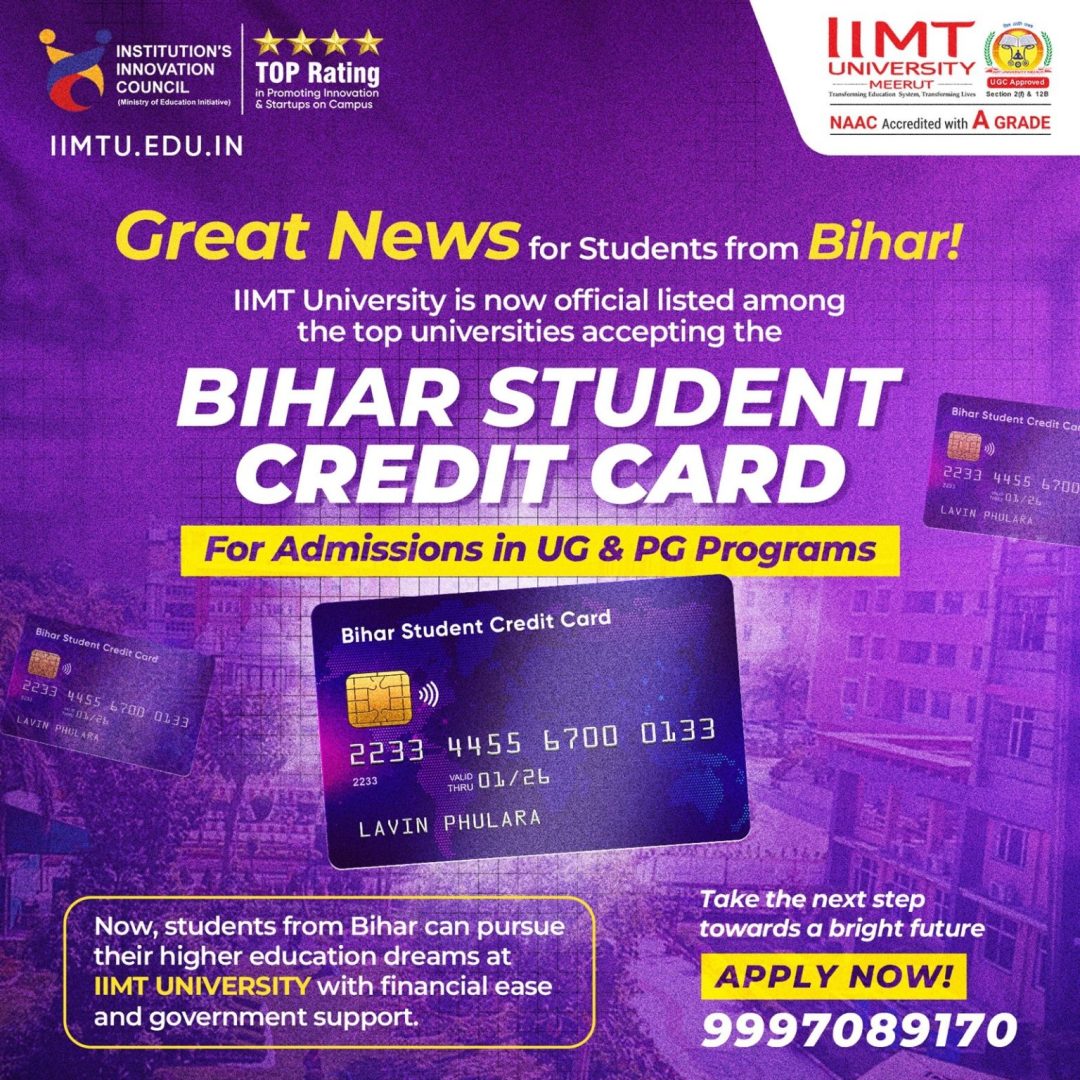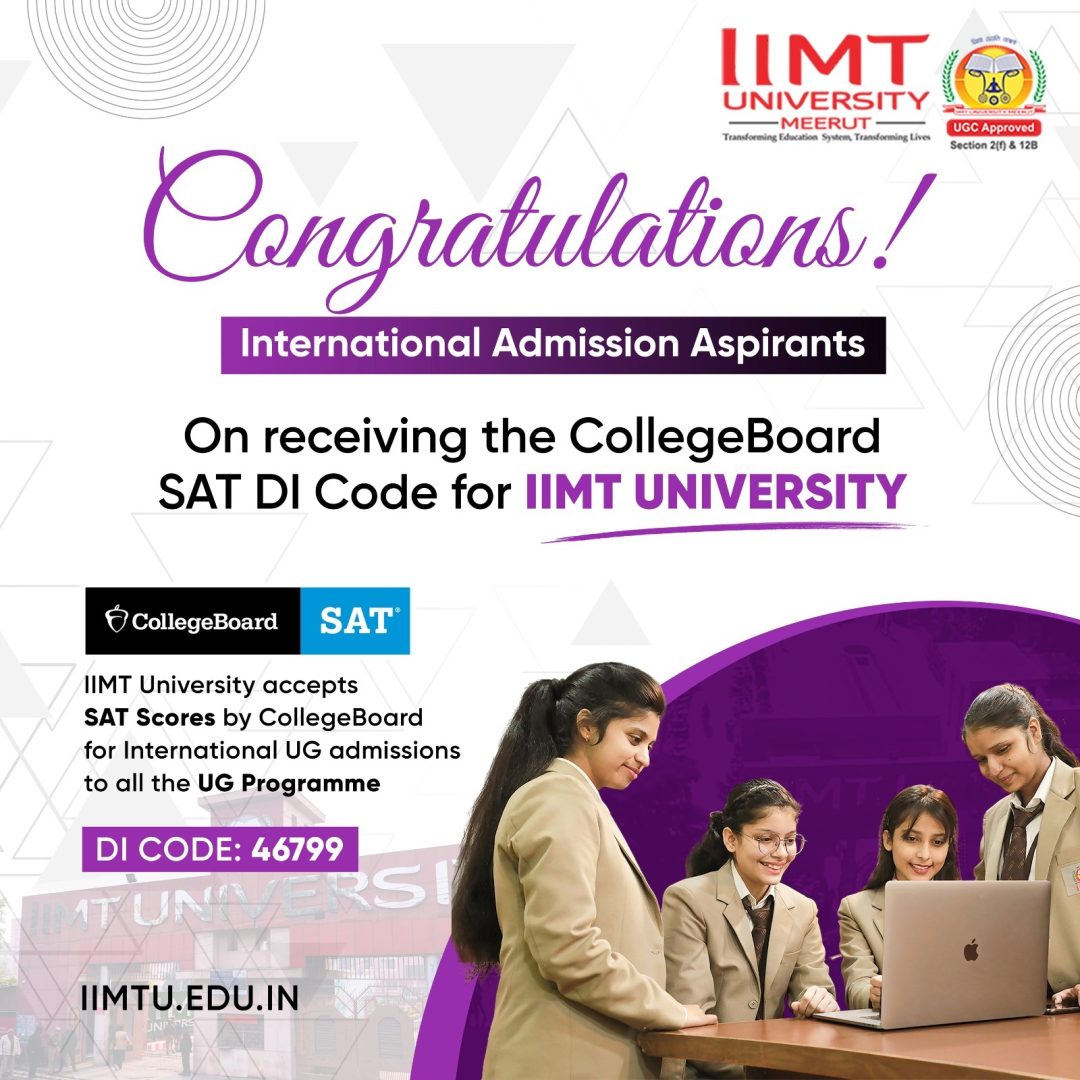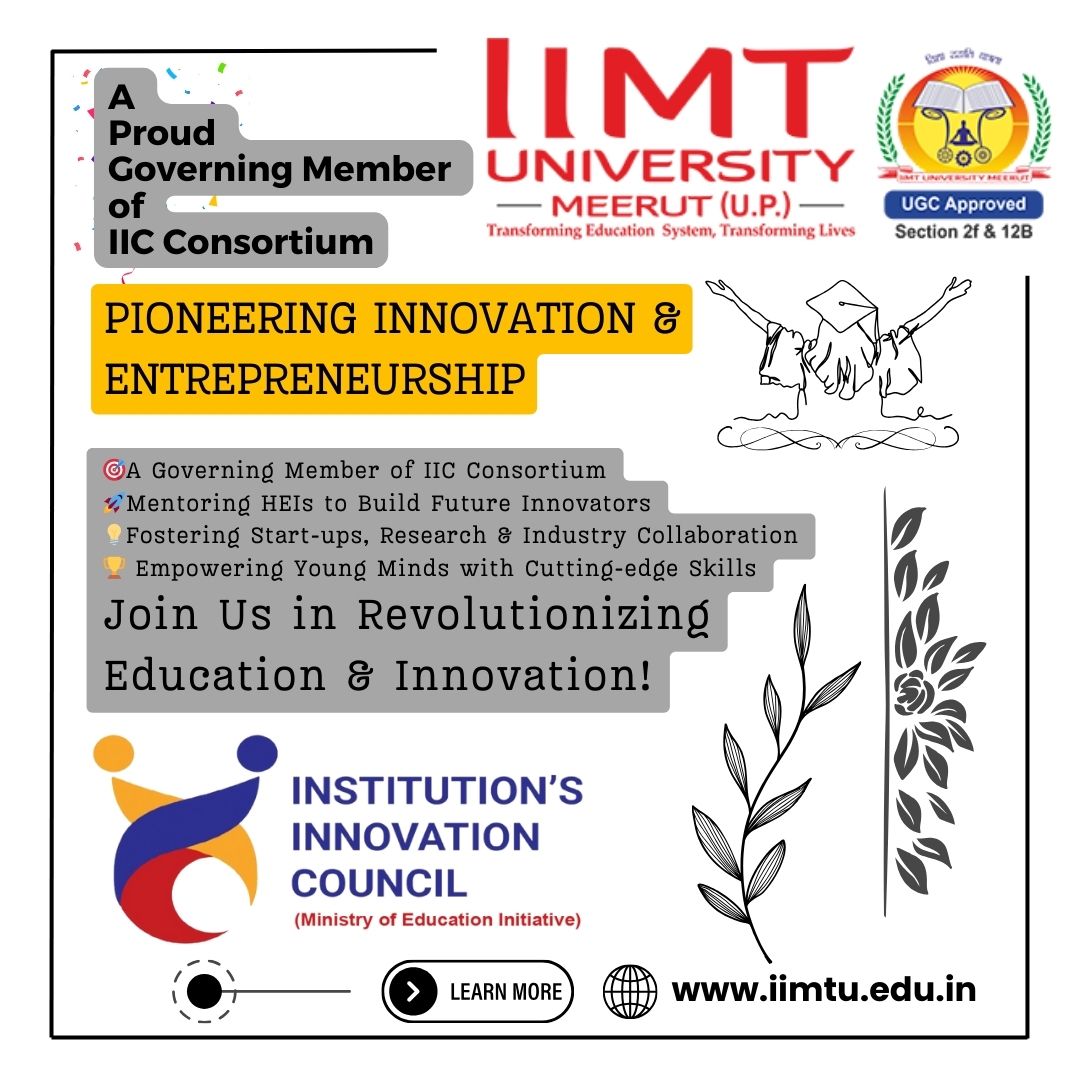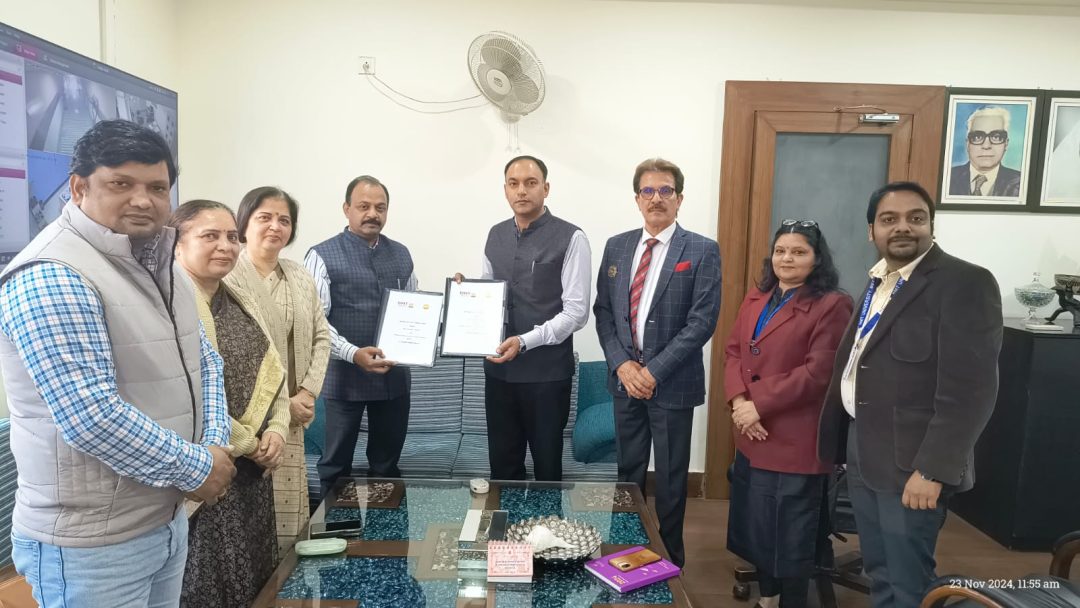In the ever-evolving landscape of education, technology has emerged as a transformative force, reshaping the way we teach and learn. Integrating technological tools in the classroom has not only modernized traditional teaching methods but has also opened up new avenues for interactive and personalized learning experiences. In this blog post, we will delve into the profound impact of technology on classroom learning, exploring its advantages, challenges, and the promising future it holds for education.
❖ Introduction to Technology in Education
Technology in education is a dynamic field that has witnessed significant advancements over the years. From the advent of computers to the era of smart classrooms, the journey has been nothing short of revolutionary. The incorporation of technology goes beyond the mere digitization of textbooks; it is a paradigm shift that embraces interactive and collaborative learning.
❖ Advantages of technology in the classroom
- Enhanced Engagement: One of the key benefits of integrating technology into the classroom is the heightened level of student engagement. Interactive whiteboards, educational apps, and multimedia resources captivate students’ attention, turning lessons into dynamic and memorable experiences.
- Personalized Learning: Technology enables educators to cater to individual learning styles and paces. Adaptive learning platforms assess students’ strengths and weaknesses, delivering customized content that meets their specific needs. This personalized approach fosters a deeper understanding of subjects and encourages a love for learning.
- Global Collaboration: The interconnected world we live in demands global competencies. Technology facilitates collaboration among students and educators worldwide, breaking down geographical barriers. Virtual classrooms, online projects, and collaborative platforms bring diverse perspectives into the learning environment, preparing students for a globalized future.
- Accessibility and Inclusivity: Integrating digital textbooks, audiobooks, and screen readers enhances accessibility in education, benefiting diverse learning needs. Leveraging these technologies makes educational materials adaptable to various preferences. Closed captioning and translation features address challenges like hearing impairments, ensuring all students engage effectively, promoting an equitable and enriching learning experience.
- Real-world application: Simulations and virtual labs offer students hands-on learning, integrating real-world applications into the classroom. Augmented reality (AR) and virtual reality (VR) further enhance education by immersing students in environments that might otherwise be inaccessible, providing immersive and dynamic learning experiences for a more comprehensive understanding of the subject matter.
- Instant access to information: The internet’s immediate access to a wealth of information empowers students to explore beyond traditional textbooks, fostering independent research and diverse topic exploration. Online databases, academic journals, and educational websites complement this, providing valuable resources that enrich students’ understanding and encourage a comprehensive approach to learning.
- Efficient assessment and feedback: Online assessment tools streamline grading, ensuring prompt feedback for both students and educators. Automated grading systems relieve teachers of manual grading tasks, enabling a concentrated focus on analyzing individual student performance and addressing specific needs, enhancing the efficiency and effectiveness of the assessment and feedback process in educational settings.
- Preparation for future careers: Classroom exposure to technology plays a pivotal role in preparing students for the digital demands of the workforce. Navigating diverse software and tools not only enhances technological literacy but also equips students with valuable skills applicable across a broad spectrum of professions, fostering adaptability and competitiveness in the job market.
- Cost savings: Digital textbooks and online resources present a cost-effective alternative to traditional printed materials in
educational settings. Additionally, virtual classrooms and online courses diminish the necessity for extensive physical infrastructure, leading to significant reductions in overall education costs. This shift toward digital resources contributes to a more economically sustainable education model. - Innovative teaching methods: Technology empowers educators to embrace innovative teaching methods like flipped classrooms, blended learning, and project-based approaches. Educational software and platforms equip teachers with tools to craft dynamic and interactive lessons, fostering a more engaging and effective learning environment that caters to diverse student needs and preferences.
❖ Challenges and Solutions
⮚ Challenges:
- Digital divide: Although technology promises inclusivity, the digital divide continues to pose a significant challenge. Not all students have equal access to devices and reliable internet connectivity. Initiatives to bridge this gap include providing devices to underserved communities and ensuring affordable, widespread internet access.
- Tech overload: Finding the right balance between technology use and traditional teaching methods is crucial. To address concerns of tech overload, educators should design lessons that integrate technology purposefully, emphasizing the importance of face-to-face interaction and hands-on activities.
- Data privacy and security: Ensuring the safeguarding of student data and online privacy. To address concerns in this area, it is necessary to implement robust cybersecurity measures, adhere to strict data protection protocols, and provide comprehensive education for students and educators on responsible digital practices to create a secure online learning environment.
- Teacher Training: The challenge of teacher training lies in bridging the gap between educators’ current skills and the evolving demands of technology integration. Providing comprehensive professional development programs, workshops, and ongoing support is essential to empower teachers, ensuring they gain the necessary skills and confidence to effectively incorporate technology in the classroom.
⮚ Solutions:
- Digital Divide: Ensuring equitable access to technology requires providing devices to underserved communities and establishing affordable, widespread internet access. Bridging the digital divide is essential for fostering inclusivity in education, enabling all students, regardless of their background, to benefit from the opportunities offered by technology.
- Tech Overload: Crafting effective lessons involves a thoughtful balance between technology and traditional methods. Integrating face-to-face interaction and hands-on activities is crucial for a holistic learning experience. This approach not only leverages the benefits of technology but also ensures a dynamic and engaging educational environment that caters to diverse learning styles.
- Data Privacy and Security: Securing educational environments demands the implementation of robust cybersecurity measures. Educating both students and teachers on responsible digital citizenship is paramount for fostering a safe online space. This proactive approach ensures that everyone within the digital ecosystem is equipped to navigate the digital landscape securely and responsibly.
- Teacher Training: Empowering educators for effective technology integration requires ongoing professional development programs. Conducting workshops focused on enhancing teachers’ tech skills ensures that they stay abreast of advancements, fostering confidence and competence in utilizing technology to its fullest potential. This continuous learning approach is fundamental in preparing teachers for evolving educational landscapes.
❖ Case studies (Transformative Success Stories)
⮚ Case Study 1: The Akanksha Foundation, Mumbai
In Mumbai, India, a nonprofit organization called the Akanksha Foundation manages schools for disadvantaged children. Incorporating technology into the classroom has greatly improved teachers’ learning experiences. The foundation has revolutionized how children engage with academic content by using educational applications, interactive whiteboards, and digital learning materials. Students who previously had limited access to educational resources now have a greater interest and passion for learning, thanks to the use of technology, which has also boosted academic achievement.
⮚ Case Study 2: Zaya Learning Labs, Rajasthan
In rural schools in Rajasthan, India, a company called Zaya Learning Labs has introduced technology-driven learning programs. By providing tablets loaded with instructional materials, Zaya has enabled customized and flexible learning opportunities for pupils. Using data-driven insights, they have been able to customize learning routes for specific pupils, meeting their learning demands. This strategy has enhanced learning results and given remote students the ability to interact more deeply and significantly with the curriculum.
⮚ Case Study 3: Swayam – Massive Open Online Courses (MOOCs) Initiative
The Swayam project, initiated by the Indian government, provides free online courses to students all around the nation. Swayam has democratized access to higher education, making it possible for students from a range of socioeconomic backgrounds to interact with top-notch academic material. Swayam has developed a platform for lifelong learning, enabling people to pursue their educational goals regardless of location restrictions. Swayam’s influence on classroom instruction has been crucial in bridging the knowledge gap between traditional and digital learning environments, which has significantly transformed India’s educational landscape.
The impact of technology on classroom learning cannot be denied. Technology has the potential to revolutionize education, making it more accessible, engaging, and tailored to individual needs. Although challenges exist, they are not insurmountable. With thoughtful implementation and ongoing support, technology can be a powerful ally in shaping the future of education.
IIMT University has embraced technology to enhance classroom learning, fostering a dynamic educational environment. The integration of smart boards, e-learning platforms, and digital resources has revolutionized traditional teaching methods. Virtual labs and simulations provide practical exposure, bridging theoretical concepts with real-world applications. Online collaboration tools facilitate seamless interaction among students and faculty members, promoting engagement and knowledge sharing. The adoption of e-class and multimedia resources ensures accessibility to up-to-date content. Additionally, personalized learning platforms cater to diverse learning styles, optimizing the overall educational experience at IIMTU and preparing students for the evolving demands of the professional world.
Author: Dr. Bharti Kumari
Assistant Professor, CoE.
To benefit from technology in education, click here.
